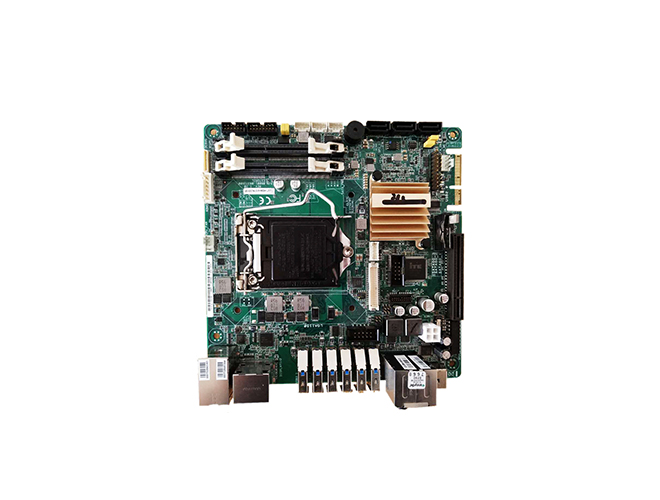-
CN
-
Service Hotline
+8618129931046 Mr. Liao


Time:2025-06-27 Views:1

The production process of multilayer printed circuit boards (PCBs) is complex and involves multiple steps, from raw material preparation to final product inspection. Optimizing this process is crucial for improving production efficiency, reducing costs, and enhancing product quality.
The first step in the production process is material selection. High - quality substrates, such as fiberglass - reinforced epoxy resin (FR - 4), are essential for ensuring the electrical and mechanical properties of the PCB. Optimizing material procurement can involve establishing long - term partnerships with reliable suppliers to secure consistent material quality at favorable prices. Additionally, the use of advanced materials with better thermal conductivity and lower dielectric loss, such as high - speed laminates for high - frequency applications, can be considered to improve the overall performance of the PCB.
The core process of multilayer PCB production is the lamination of multiple single - or double - sided PCBs. Traditional lamination methods may suffer from issues such as uneven pressure distribution and air entrapment, leading to delamination or voids in the final product. To optimize this step, advanced lamination technologies like vacuum lamination can be employed. Vacuum lamination creates a uniform pressure environment, effectively removing air bubbles and ensuring a strong bond between layers. Moreover, precise control of lamination parameters, including temperature, pressure, and time, is critical. By using real - time monitoring systems and automated control devices, manufacturers can adjust these parameters accurately, reducing the defect rate.
Drilling is another key process in multilayer PCB production. Conventional drilling techniques may cause problems such as burrs, hole - wall roughness, and misalignment, which can affect the electrical performance and assembly quality of the PCB. Optimization can be achieved by adopting advanced drilling technologies, such as laser drilling for micro - vias. Laser drilling offers high precision, fast processing speed, and minimal mechanical stress on the board, resulting in better - quality holes. Additionally, using automated drilling machines with high - accuracy positioning systems can improve the consistency of hole placement and reduce human - error - induced defects.
Electroplating and surface finishing processes also play a vital role in the production of multilayer PCBs. For electroplating, optimizing the plating solution composition and process parameters can enhance the thickness uniformity and adhesion of the copper layer. Advanced surface finishing methods, such as electroless nickel immersion gold (ENIG) or organic solderability preservative (OSP), can be selected based on the specific application requirements to improve the solderability and corrosion resistance of the PCB.
Finally, the integration of in - process inspection and quality control systems throughout the production process is essential for optimization. Automated optical inspection (AOI) and X - ray inspection can be used to detect defects at various stages, enabling timely corrective actions. By continuously analyzing production data and feedback from quality control, manufacturers can identify bottlenecks in the process and implement targeted improvements, thereby optimizing the overall production process of multilayer PCBs.